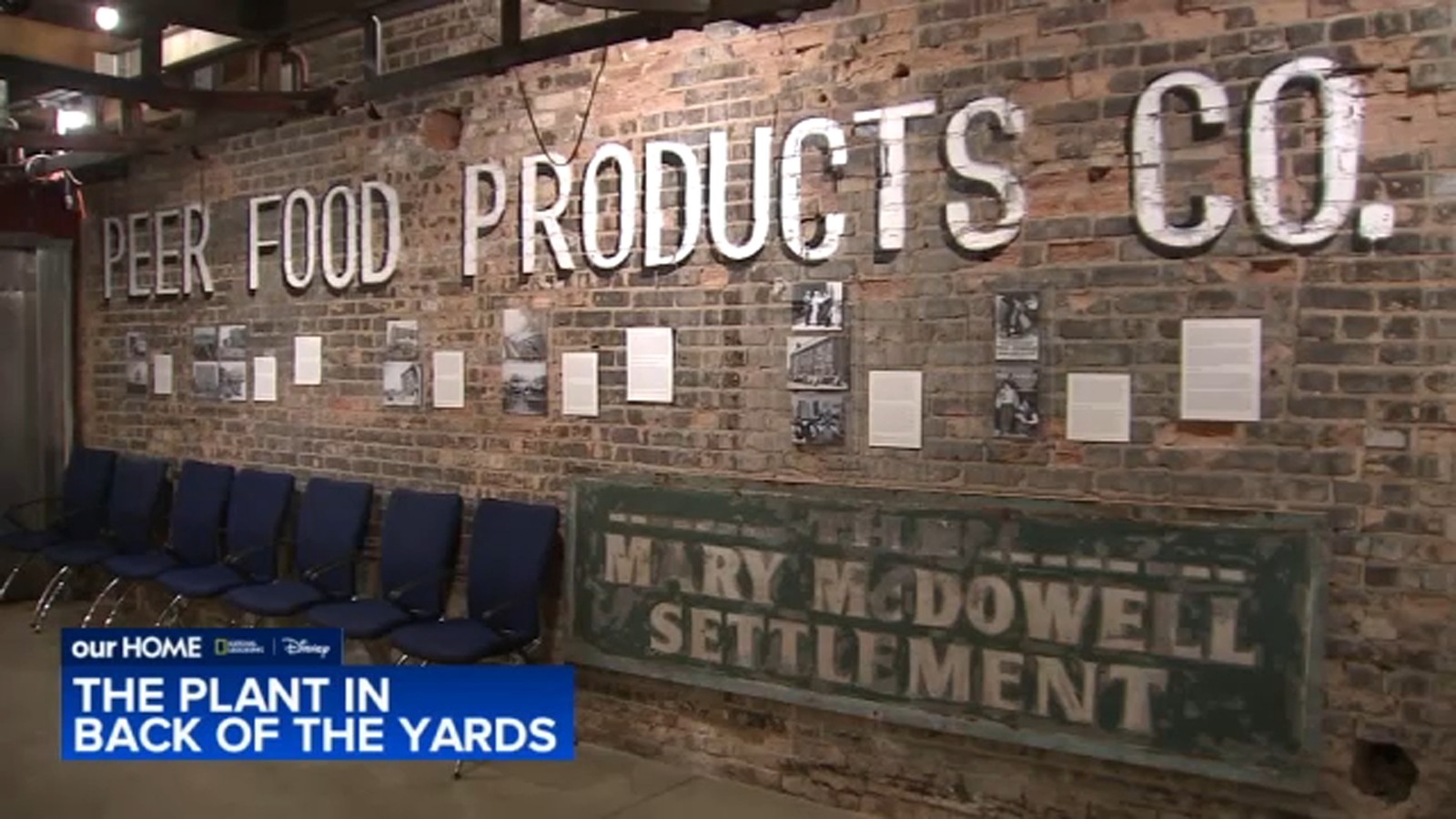From Meat to Miracle: How a Forgotten Chicago Factory Is Revolutionizing Sustainable Business

In the heart of Chicago's historic Back of the Yards neighborhood, a revolutionary vision of sustainable food production and innovative business practices is taking root. The Plant stands as a beacon of hope, transforming the way we think about food systems, economic sustainability, and environmental responsibility.
This remarkable facility is more than just a building—it's a living laboratory of circular economy principles. By reimagining how businesses can work together, The Plant creates a symbiotic ecosystem where waste from one operation becomes a resource for another. Imagine a world where food production generates zero waste, where every byproduct is an opportunity, and where economic success goes hand in hand with environmental stewardship.
From vertical farming to artisanal food production, The Plant demonstrates that sustainable business isn't just a dream—it's a practical, scalable reality. Here, entrepreneurs, farmers, and innovators are writing a new chapter in urban agriculture, proving that cities can be powerful engines of ecological and economic transformation.
As cities around the world grapple with food security and environmental challenges, The Plant offers a compelling blueprint for the future—a future where business, community, and nature exist in harmonious, regenerative balance.
